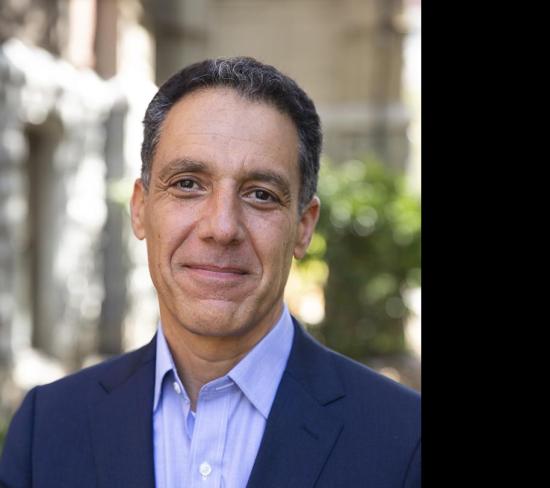From NBC News
How do you spot a deepfake? A clue hides within our voices, researchers say.
By David Ingram and Jacob Ward
Hany Farid is part of a team of researchers at the University of California, Berkeley who have developed a computer algorithm that they say may help to detect deepfakes — computer-generated videos that are seen as the new frontier in online misinformation. Their main goal is to help researchers and news organizations spot deepfakes of candidates in the 2020 presidential race.
“What we are concerned about is a video of a candidate, 24-to-48 hours before election night,” Farid said. “It gets viral in a matter of minutes, and you have a disruption of a global election. You can steal an election.”
It can be a challenge to determine whether any one video has been manipulated, but Farid's team is trying an approach based on spotting subtle patterns in how people speak. By feeding hours of video into their system, Farid said they've been able to identify distinctive verbal and facial tics — known as soft biometrics — for President Donald Trump and various Democratic presidential candidates.
“The hope is when videos start getting released, we can say, 'This is consistent; this is inconsistent,'” he said.
Hany Farid is a professor at the UC Berkeley School of Information and EECS. He specializes in digital forensics.











